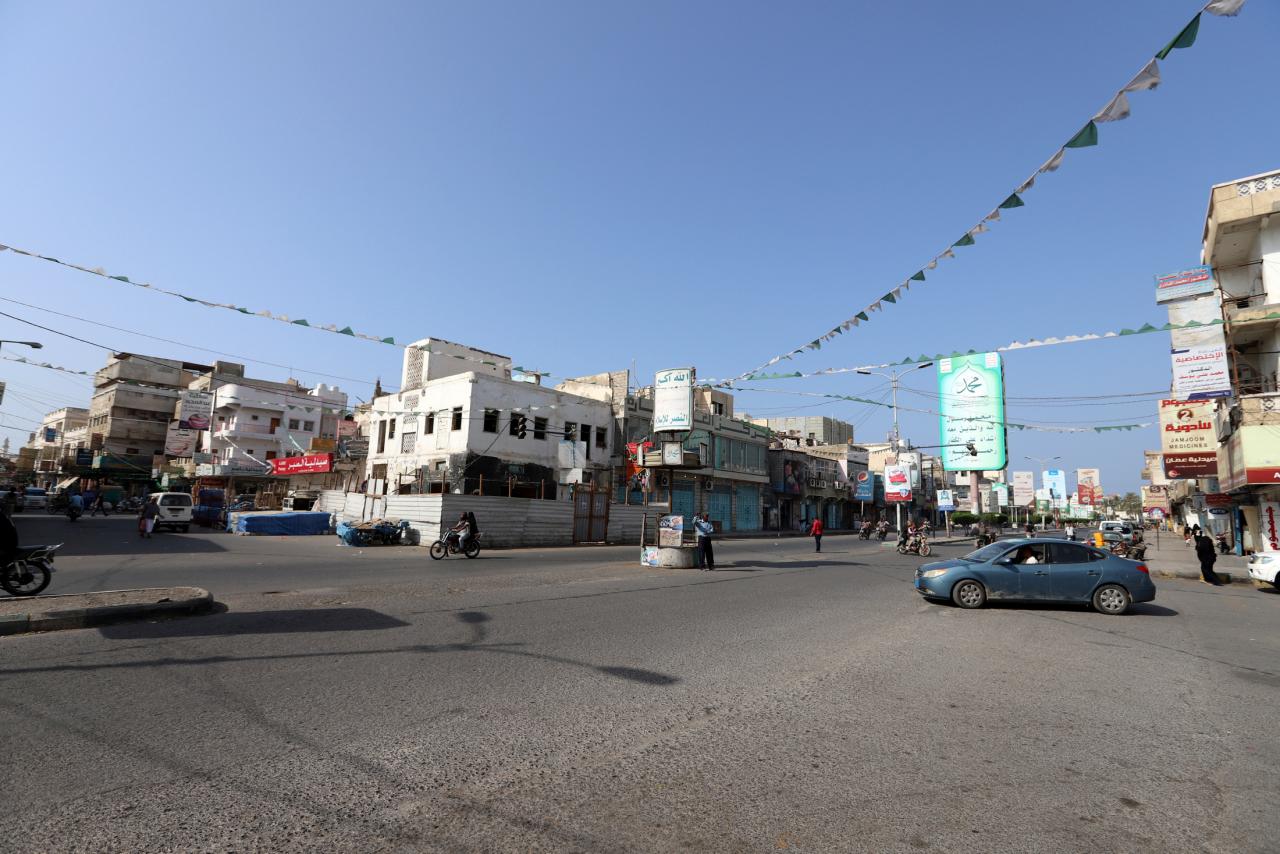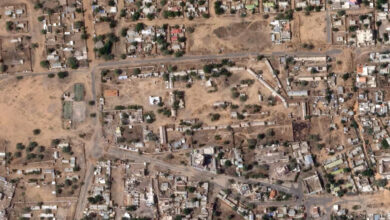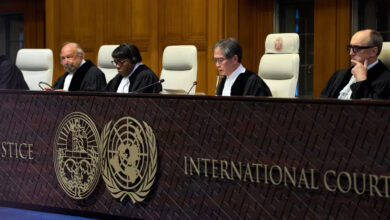
HODEIDAH, Yemen (Reuters) – Yemen’s Houthi forces have started to redeploy from the port of the Red Sea city of Hodeidah as part of a UN-sponsored peace agreement signed in Sweden earlier this month, a UN source and a spokesman for the group said on Saturday.
The Iranian-aligned Houthis have agreed with the Saudi-backed government to implement a ceasefire in Hodeidah province and withdraw their respective forces.
Retired Dutch general Patrick Cammaert, the head of a United Nations advance team charged with monitoring the ceasefire, arrived in Hodeidah this week.
Under the deal, international monitors are to be deployed in Hodeidah and a Redeployment Coordination Committee (RCC) including both sides, chaired by Cammaert, will oversee implementation. The committee started its meetings this week.
A UN source said the Houthi forces, which control the city and its strategic port, had started to redeploy overnight.
“Our forces have started to redeploy since last night from Hodeidah port, as agreed in Sweden,” a Houthi military spokesman told the group’s al-Masirah TV.
The Houthis’ withdrawal from the province’s three ports of Hodeidah, Salif and Rass Issa is intended to be the first step in the implementation of the agreement, to be followed by both sides pulling their forces out of the city and the surrounding province.
It is still unclear how far they will withdraw and who will control the three ports and the city, or if the two sides will share control with UN monitors positioned between the two fronts.
Cammaert’s team will not be uniformed or armed, the United Nations has said, but it will provide support for the management of and inspections at the ports and strengthen the UN presence in the city.
Military officials from the government forces, which control some southern parts of the city, said they needed time to establish if the Houthi forces had really withdrawn from the ports.
“They may be just replacing their men with others from the so-called coast guard forces,” one official said.
The agreement, the first significant breakthrough in peace efforts in five years, was part of confidence-building measures intended to pave the way for a wider truce and a framework for political negotiations.
The international community has been trying for months to avert a all-out government assault on Hodeidah, the entry point for most of Yemen’s commercial goods and aid supplies, and a lifeline for millions of Yemenis on the verge of starvation.
The truce came into force on December 18.
On Friday, the United Nations said both parties had agreed to begin opening humanitarian corridors, starting with the key coastal road between Hodeidah and the Houthi-held capital, Sanaa.
The parties are due to present detailed plans for a full redeployment to Cammaert at the next RCC meeting on Jan. 1, the United Nations said in a statement.
Reporting by Aziz El Yaakoubi and Mohammed Ghobari, writing by Aziz El Yaakoubi; Editing by Kevin Liffey




